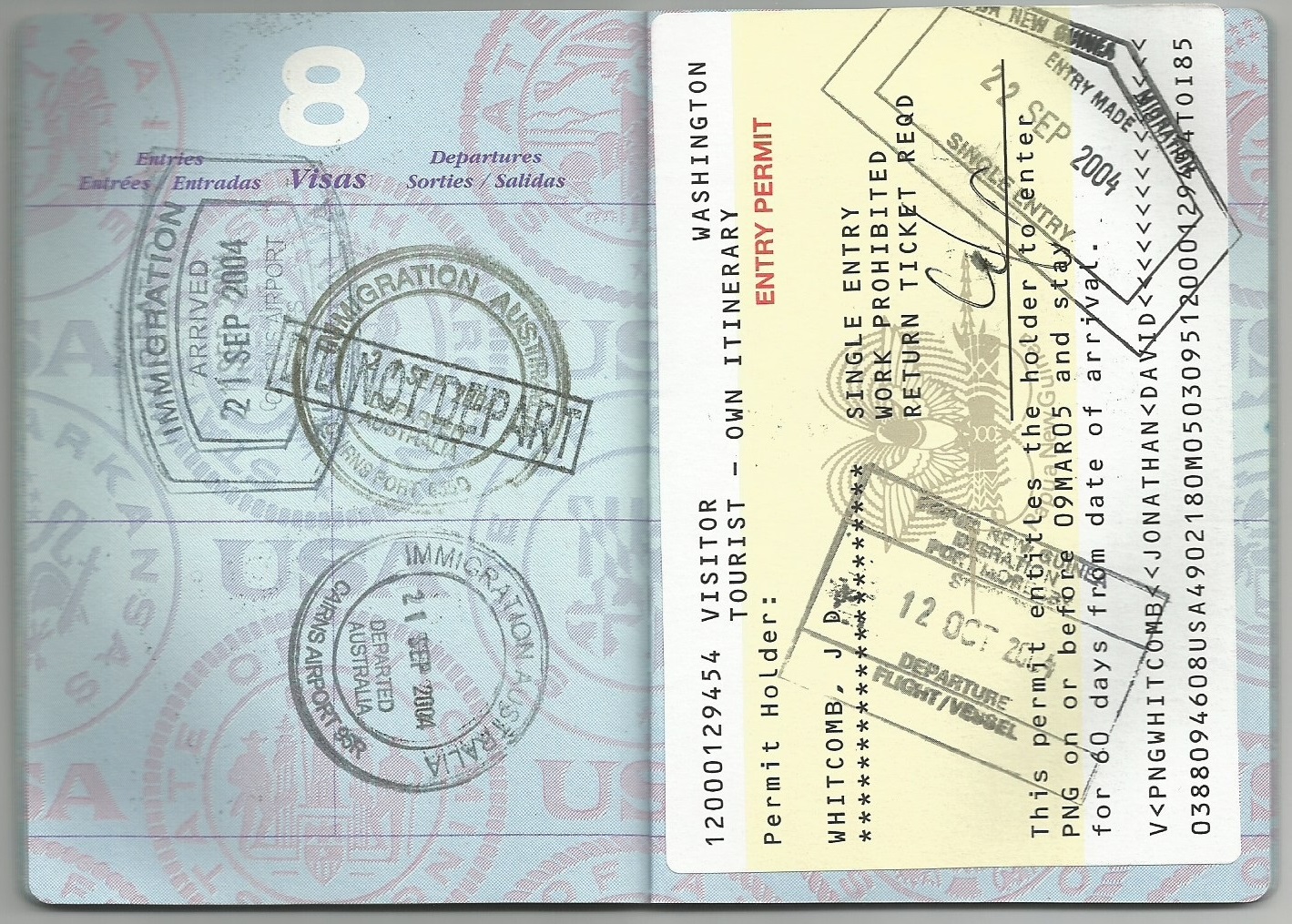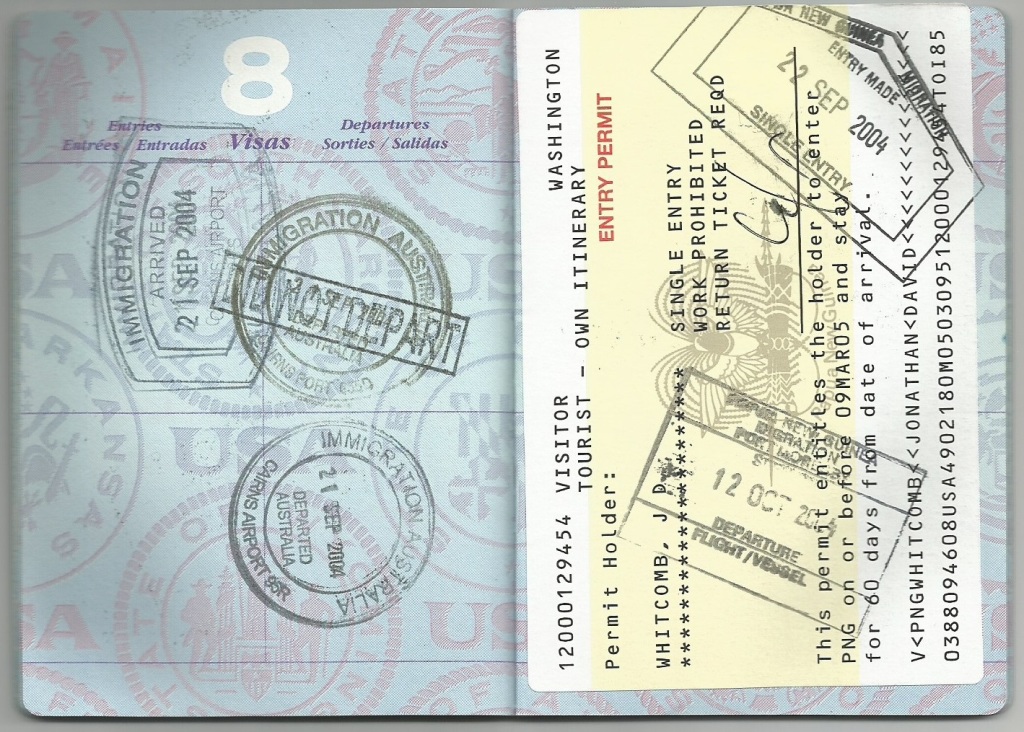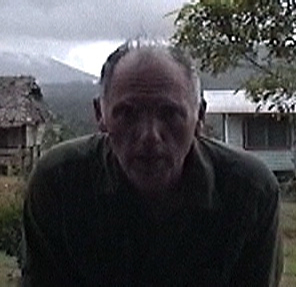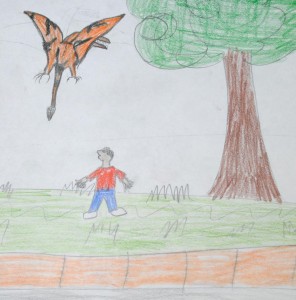Within the past few weeks, at least two posts have accused me, Jonathan Whitcomb, of deceiving people. The second writer, “idoubtit,” seems to have been convinced by the first one, Dr. Donald Prothero, regarding my online writing behavior. But when Prothero responded to me, he appeared to reveal two sources for his conviction that I have used deception, and the earliest source is the site Stupid Dinosaur Lies, more recently relabeled “PaleoFairy Tales Exposed.” Let’s look into this more deeply.
The oldest online attack against the honesty of cryptozoologists who publicized their belief in living pterosaurs in Papua New Guinea—that site may have originated as early as mid-2005 or as late as late-2008; I don’t recall. I do remember, and recorded in my file, one original page on Stupid Dinosaur Lies, and it had at least five errors in one sentence:
- Misspelling of my first name: “John” (should have been Jonathan)
- Misspelling of my surname: “Whittcomb” (should have been Whitcomb)
- Was I really sponsored by Carl Baugh? No.
- Did I really lead YEC creationists on an expedition? No.
- Was the expedition really in Africa? No.
That’s a lot of mistakes in one sentence, those errors of fact, and the truth can be verified. I do not imply that this sentence remained on that site for years, but it was similar to other declarations on the original site: full of errors. I have no interest, at least for the moment, in reading recent pages of that site. If the writer has recognized those errors and admitted them, then good for him (or her).
Let me make this plain: I am not accusing the originator of Stupid Dinosaur Lies of deception. I am defending the honesty of me and my associates. That ludicrous sentence with five errors does suggest the writer was more likely to have been careless than dishonest. But the accusations, direct or indirect, are against those of us who have traveled to Papua New Guinea to search for living pterosaurs and those who later reported what was found in eyewitness testimonies.
Whitcomb-Paina Expedition of 2004
I recognize that writers sometimes make mistakes with errors of fact; I myself am a writer, and the first edition of my first book included the misspelling of the surname of my interpreter on Umboi Island (correct is Paina). What you are now reading was published on December 11, 2014, but I made corrections 24 hours later, correcting errors in both English grammar and in statements of fact (“September 22nd” is correct for my arrival date in Papua New Guinea in 2004, as you will read below).
So why do I bring up one sentence written by a skeptic years ago? It’s in the nature of his accusation and the relevance to my expedition ten years ago. The error is far deeper than that one sentence with five mistakes.
Let’s begin by establishing that I really did travel to Papua New Guinea.
Passport page (Jonathan David Whitcomb) for Australia and Papua New Guinea
The following is to the best of my knowledge of what happened ten years ago.
The above image of a page in my passport shows a departure date from Australia: September 21, 2004. We boarded the plane in Cairns, AU, on that date, but we had to get off the plane before it took off, for the pilot was unhappy with a problem with the paperwork for the flight or paperwork for the plane. Although he had no doubt that the plane was safe, he went by the book and refused to fly it until the paperwork was corrected. We, the passengers, were taken off the plane and got a free night in a hotel in Cairns. We took off without further incident the next day, September 22nd. That explains the date of arrival in Papua New Guinea (it was a short flight).
Honesty of Jonathan Whitcomb, in the past
The critical point is this: Skeptics who wrote online comments and pages that at least implied that I was less than honesty—those critics failed to see the landscape of the forest, instead focusing on a stain on the bark of one tree, a stain they assumed must be bird poop . . . so to speak.
I returned home to the United States convinced that the ropen is real and a modern Rhamphorhynchoid pterosaur (I am still convinced of that). I wrote countless web pages and blog posts on the subject, which probably relates to why that skeptic created his own site: Stupid Dinosaur Lies.
Yet he probably failed to see a simple problem with his proclamations about dishonesty: I returned home to the United States declaring that I had seen nothing like a living pterosaur. I even failed to see the brief light that natives of Umboi Island have observed flying at night for so long.
Now please consider the problem with a “lie” accusation here:
- Jonathan Whitcomb writes about the possibility of modern pterosaurs
- He never saw anything like a living pterosaur on his expedition
Remember, this is not about my foolishness, which is irrelevant here; it’s about my honesty. If I had any desire to deceive anybody into believing in extant pterosaurs, I would have declared I had seen something flying over my head. I admitted that I had seen no animal that supported my belief. Therefore I was honest.
Honesty in the present
So how can my accusers respond to the above? Have I somehow become dishonest at some time in the past ten years? Do a Google search on “apparent pterosaur” (using those quote marks) and see what comes up: not many pages from skeptics who dispute the possibility that any pterosaur can be still living; most of the pages were written by me, with some of them obviously being written years ago and some of them more recently. In other words, my posts and pages dominate all others, when one searches online with “apparent pterosaur,” and that means the following:
I admit: a particular sighting may have come from something other than a pterosaur.
Does that look like a declaration of a liar who wants to deceive people into believing in modern pterosaurs? The point of modern pterosaurs is in the overall landscape of eyewitness testimonies: Many of them (not all) are from encounters with modern living pterosaurs, including large Rhamphorhynchoid ones.
###
.
Honesty in Reports of Modern Pterosaurs
The word deceive means to purposefully lead someone away from the truth. A word associated with it is lie: to say or write something deceitful. . . . A deceiver intends to lead someone away from truth; intention is a critical ingredient of the poison. Nobody can accidentally deceive anyone.
Dr. Prothero and “Fake Pterosaurs”
I avoid linking to libelous pages, and this one includes “Whitcomb admitted the deception in July, 2014″ and links to one of my posts. Strange to tell, but that post of mine explains why I was NOT being dishonest in using pen names.
The Great Dinosaur Mystery and the Big Truth
This same critic says that sightings are “made by natives . . . plagued by superstition,” but where is the evidence of any plague of superstition? . . . My own experience in Papua New Guinea has shown that this is not the case. Whatever superstitions the natives of Umboi have, they are not mentioned or implied when native eyewitnesses report what they have seen (almost without exception). This critic has explored what remote island, interviewed what native? Has this critic even read an original eyewitness report? If so, where is the evidence for relevant superstition?
An average reader who gets very far on that [libelous] site is unlikely to search out the actual words and deeds of living-pterosaur investigators. Why search for the writings of people who are both stupid and liars? But what if the critical mistake is in the one making accusations?
.









